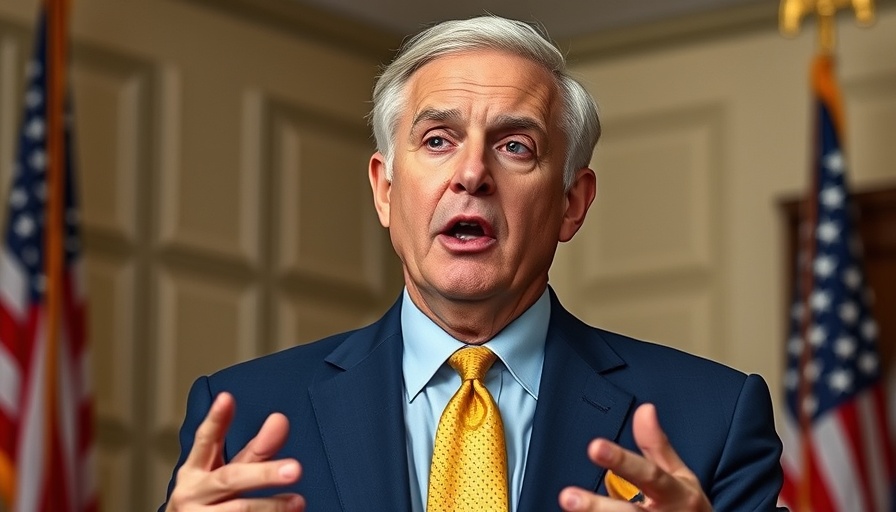
Trump's Tariff Plans: A Game Changer for Pharmaceuticals?
Recently, President Donald Trump made headlines by threatening to impose steep tariffs, up to 200%, on pharmaceuticals imported into the United States. This announcement during a Cabinet meeting surprised many and stirred speculation within the industry. However, Trump reassured pharmaceutical companies that they would have "about a year, year and a half" to adjust before these tariffs would go into effect.
Understanding the Impact of High Tariffs
These planned tariffs could have significant implications for drug manufacturers. Many companies have expressed concern that such high tariffs would drive up prices for consumers and reduce investment in the U.S. pharmaceutical sector. According to some industry experts, there’s a risk that this move could disrupt the drug supply chain, potentially putting patients at risk of medication shortages.
The Bigger Picture: National Security and Pharmaceuticals
The tariffs are part of a broader investigation into the impact of imports on national security, as highlighted by Commerce Secretary Howard Lutnick. While Trump's previous tariff proposals have often changed course, the scrutiny on pharmaceuticals could lead to a range of new policies aimed at boosting domestic production and protecting American jobs.
Preparing for Potential Changes
As business leaders, understanding the potential for these tariffs is crucial. Companies should prepare by assessing their supply chains, exploring options for domestic production, and considering potential pricing strategies to mitigate any cost increases. Collaboration and communication with industry peers could also provide valuable insights into navigating these changes.
In conclusion, the proposed pharmaceutical tariffs could significantly reshape the industry landscape. Staying informed and adaptable will be key for businesses as they prepare for what lies ahead. Keep an eye on future announcements for more clarity on this evolving situation.
 Add Row
Add Row  Add
Add 










Write A Comment